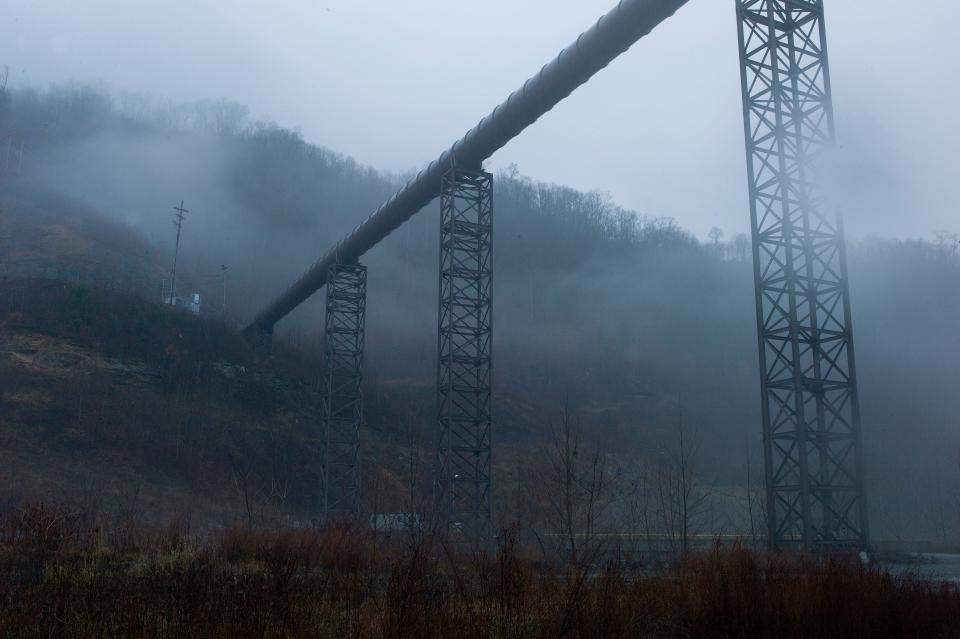Appalachian Coal Communities Brace For Coronavirus: It's Going 'To Wipe Us Out'
Coal is no longer the commodity it once was, but its legacy in Appalachia remains: scores of miners with black lung disease who are now at a high risk of suffering from the coronavirus.
Coal workers’ pneumoconiosis, better known as black lung, is a scarring of the lungs caused by years of coal dust inhalation. At least one in 10 underground miners has black lung, according to the Centers for Disease Control and Prevention, but experts say the actual number could be much higher. As the lungs scar, it becomes harder to breathe, so the thought of adding COVID-19, the respiratory disease caused by the coronavirus, to the mix is terrifying to these workers.
Already in the past week, reports have emerged that two coal miners in Pennsylvania have tested positive for the coronavirus. And as the pandemic continues to spread rapidly, many fear it’s only a matter of time until the virus contributes to a triple-whammy in Appalachian mining communities: a population with elevated health risks, an economy in free-fall and limited health care resources.
“Nobody knows what this virus is going to do when it gets to this area,” said Jimmy Moore, a 74-year-old black lung patient in Shelby Gap, Kentucky, who spent 22 years in the mines before retiring in 2000. His 51-year-old son, he said, has an even more serious case of black lung. “It’s probably just going to wipe us out.”

After about 20 years of declines, the United States started seeing more black lung cases in the 1990s, said Dr. Leonard Go, a physician and black lung researcher at the University of Illinois at Chicago and Northwestern University. Researchers aren’t sure why the problem has increased, Go said, but they suspect changes in mining technology that create more dust from the rocks surrounding coal deposits.
Changes in working habits also have contributed, Go said. “We hear a lot more about people working overtime. They’re just breathing in more dust and have less time to clear that...



